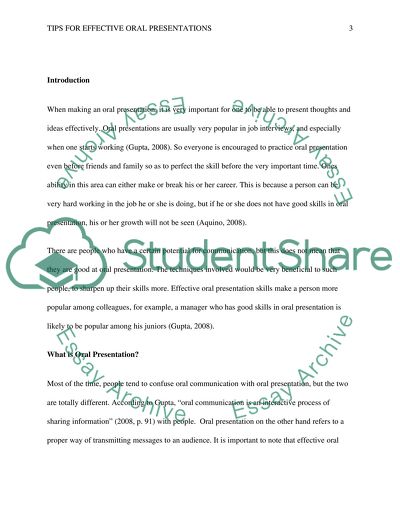Cite this document
(“Tips for Effective Oral Presentations Essay Example | Topics and Well Written Essays - 2000 words”, n.d.)
Tips for Effective Oral Presentations Essay Example | Topics and Well Written Essays - 2000 words. Retrieved from https://studentshare.org/english/1487076-tips-for-effective-oral-presentations
Tips for Effective Oral Presentations Essay Example | Topics and Well Written Essays - 2000 words. Retrieved from https://studentshare.org/english/1487076-tips-for-effective-oral-presentations
(Tips for Effective Oral Presentations Essay Example | Topics and Well Written Essays - 2000 Words)
Tips for Effective Oral Presentations Essay Example | Topics and Well Written Essays - 2000 Words. https://studentshare.org/english/1487076-tips-for-effective-oral-presentations.
Tips for Effective Oral Presentations Essay Example | Topics and Well Written Essays - 2000 Words. https://studentshare.org/english/1487076-tips-for-effective-oral-presentations.
“Tips for Effective Oral Presentations Essay Example | Topics and Well Written Essays - 2000 Words”, n.d. https://studentshare.org/english/1487076-tips-for-effective-oral-presentations.


